New York is considered "high spending" when it comes to public education. But does the Empire State fairly fund its public schools?
The answer is a resounding no, according to just released data in the Second Edition of the National Report Card "Is School Funding Fair?" The National Report Card ranks New York as among the nation's most unfair when it comes to funding public education.
New York's performance shows that, while well-to-do suburbs in Westchester County and Long Island have some of the highest funding levels in the nation, lower wealth cities such as Utica, Albany and Troy, and rural areas, receive dramatically lower school funding despite often having to address much higher levels of student need.
The disparity in school funding between high and low wealth districts across the state is so great that New York's finance system is rated "regressive."
The National Report Card, first issued in 2010, posits that stable and equitable state systems of school finance are an essential precondition for the delivery of a high-quality education and of critical importance to efforts to close persistent achievement gaps among the nation's low income students, English language learners, and students with disabilities.
The Report Card evaluates state school finance systems on four separate, but interrelated, "fairness indicators" -- funding level, funding distribution, state fiscal effort, and public school coverage. A fair school funding system is one that provides a funding level sufficient to support delivery of rigorous academic standards, distributed to districts to address additional needs generated by student poverty.
While New York ranks high on funding level, the State does an extremely poor job of distributing funding relative to student poverty and need.
New York's relatively high average spending of $17,385 per pupil (adjusted to allow for national comparisons) places it third among states. On fairness, however, the state receives a "D" grade because average funding levels in high poverty districts are lower than average spending levels in low poverty districts. This "regressive" funding structure, in which poor districts spend only 82 cents for every dollar spent in wealthier districts, severely disadvantages students in high poverty schools.
The National Report Card shows that New York's high spending level masks a fundamental flaw in its school finance system. The State allows extremely wealthy suburban districts to raise local property taxes to maintain high per pupil spending, while urban and rural districts with greater needs and less fiscal capacity receive aid from the State that is inadequate to offset their low property wealth.
The substantial unfairness in the distribution of school funding has sparked another lawsuit challenging the New York's finance system -- Hussein v. New York. In this pending case, filed by students in Mt. Vernon, Jamestown and other "small city" districts, the State's highest court in June denied the State's motion to dismiss, allowing the case to proceed to trial.
New York public school children are entitled to fair school funding. It's time for state's elected officials to fix their broken finance system. Improving education quality and outcomes, especially for children in state's high need schools, depends on it.